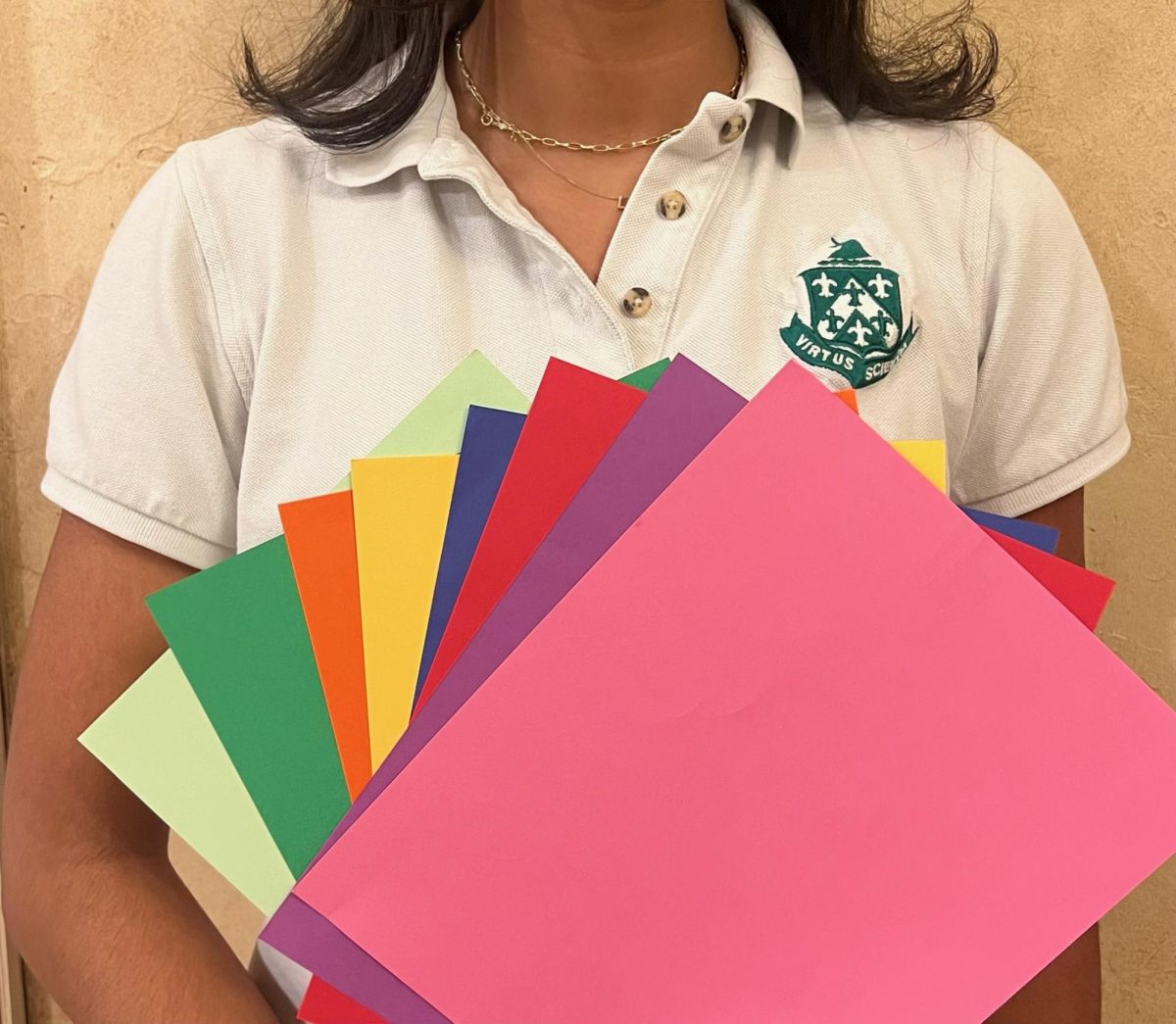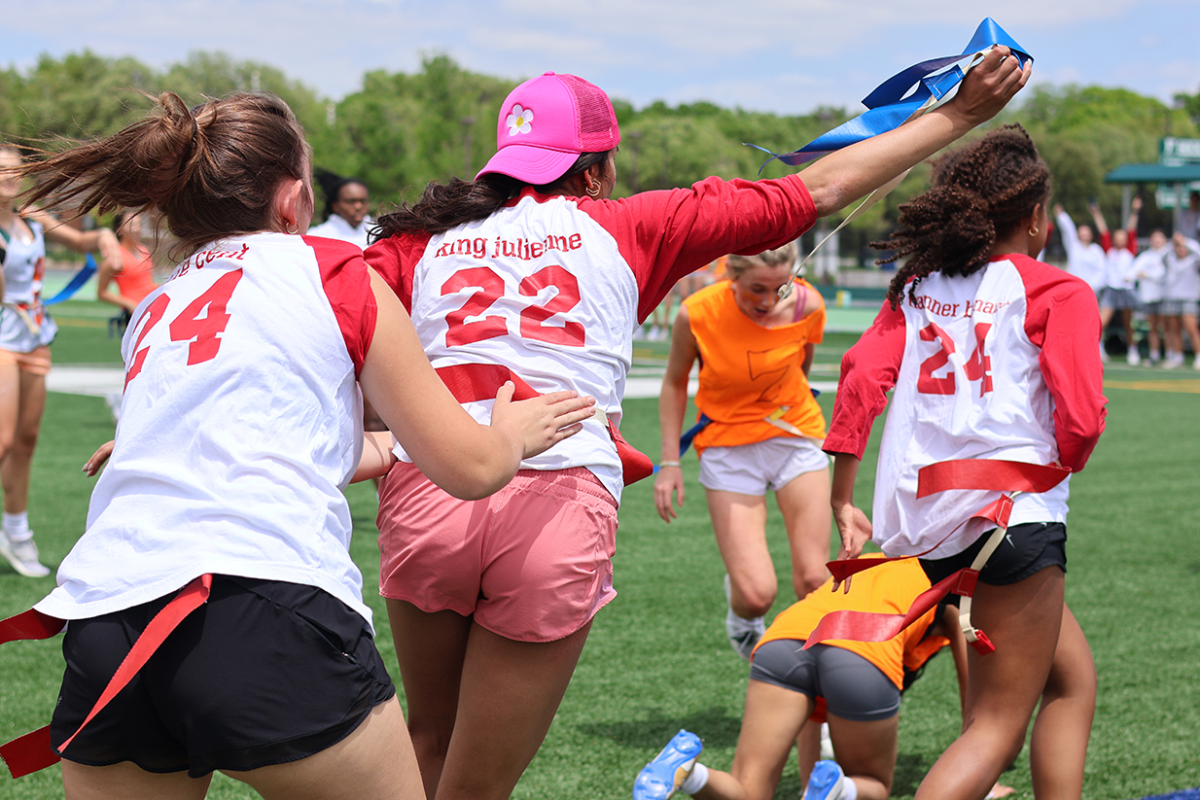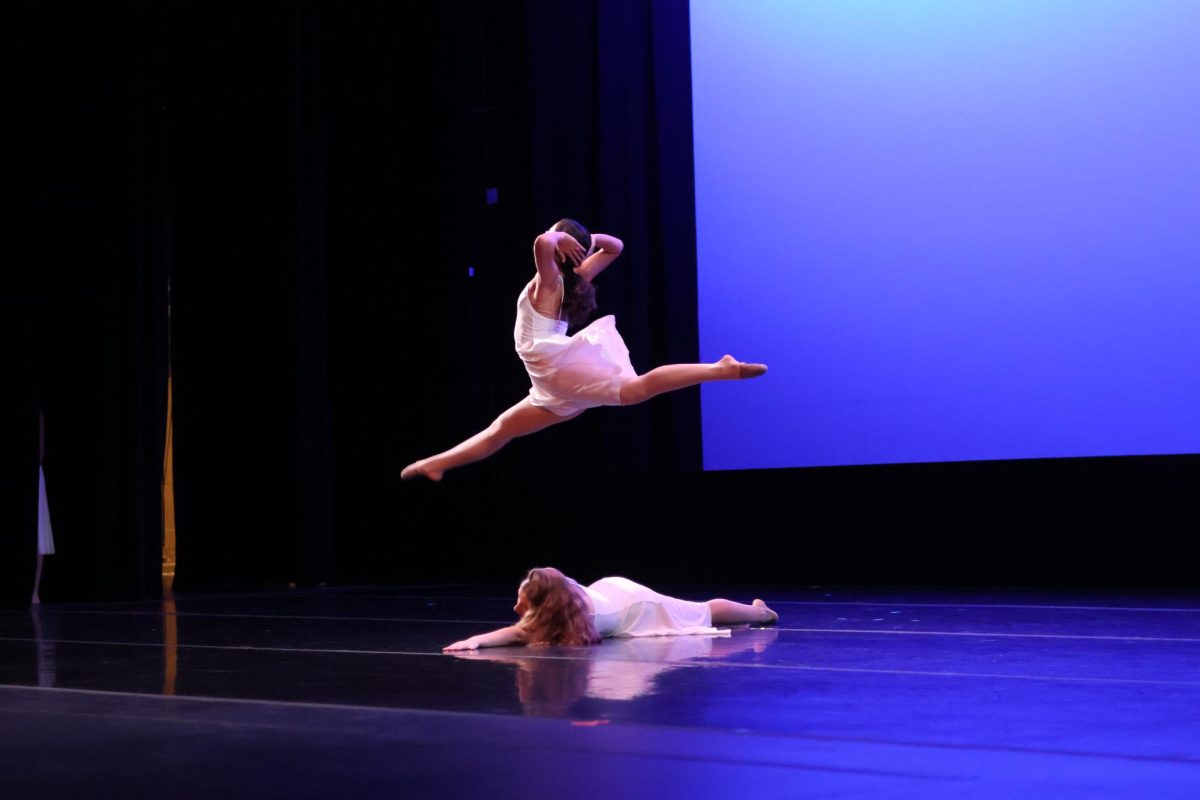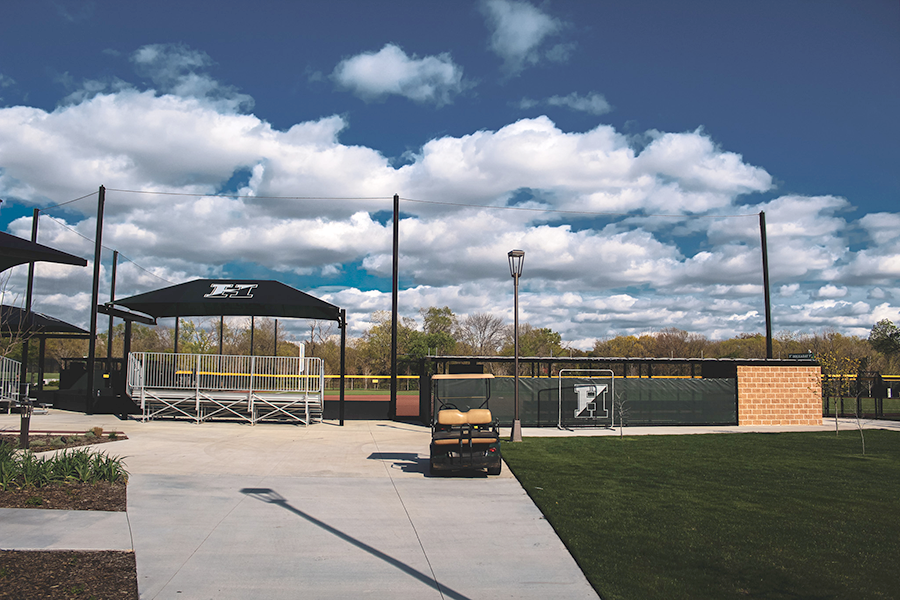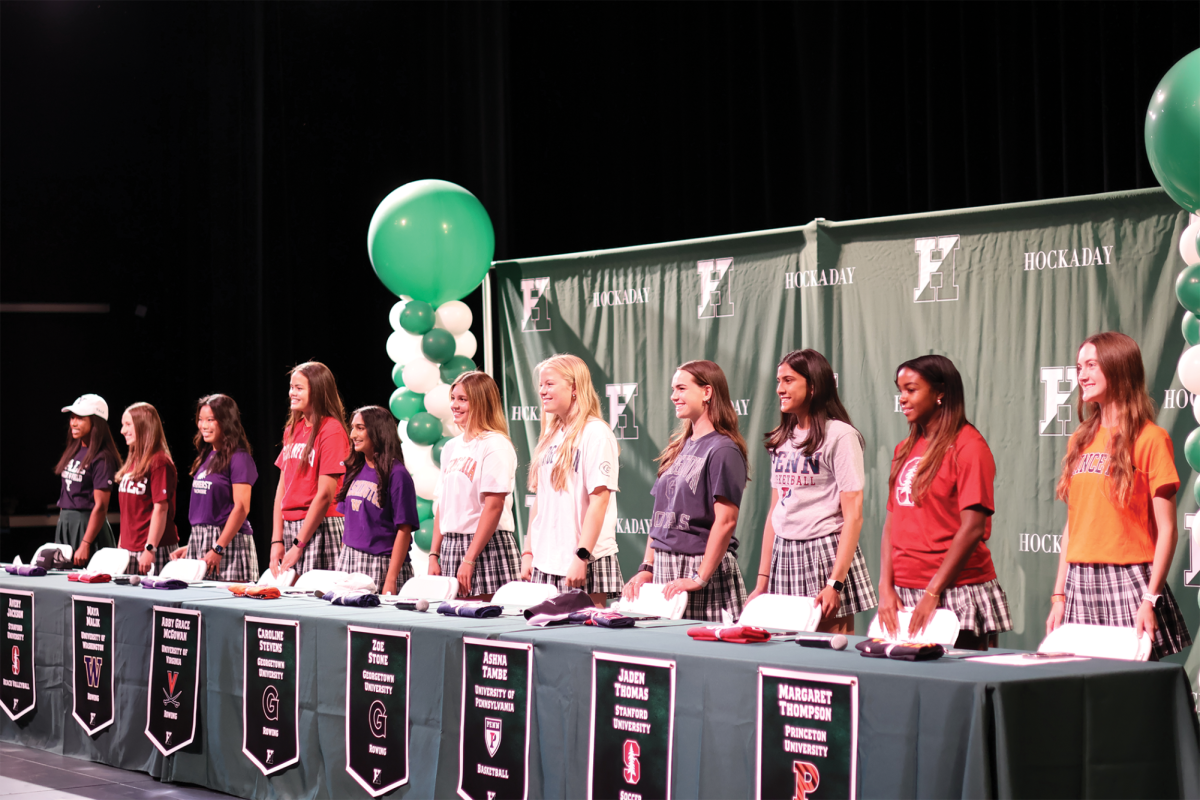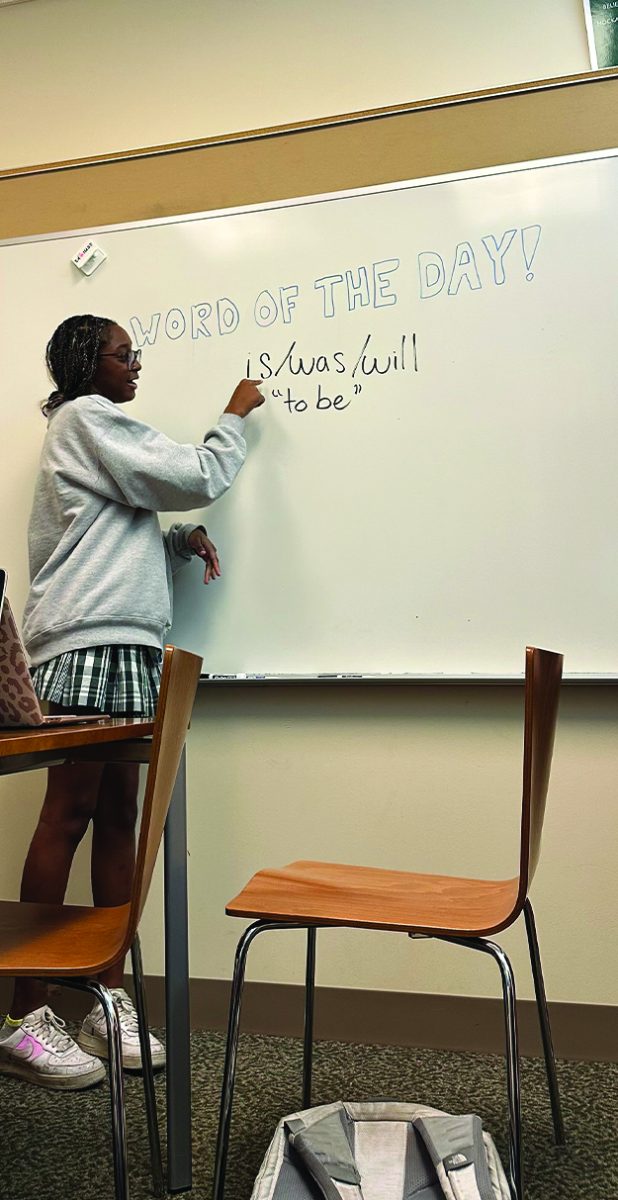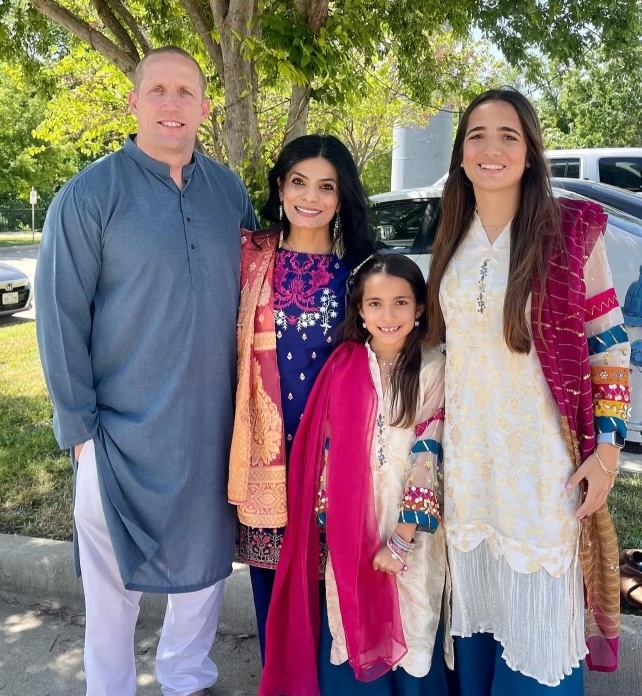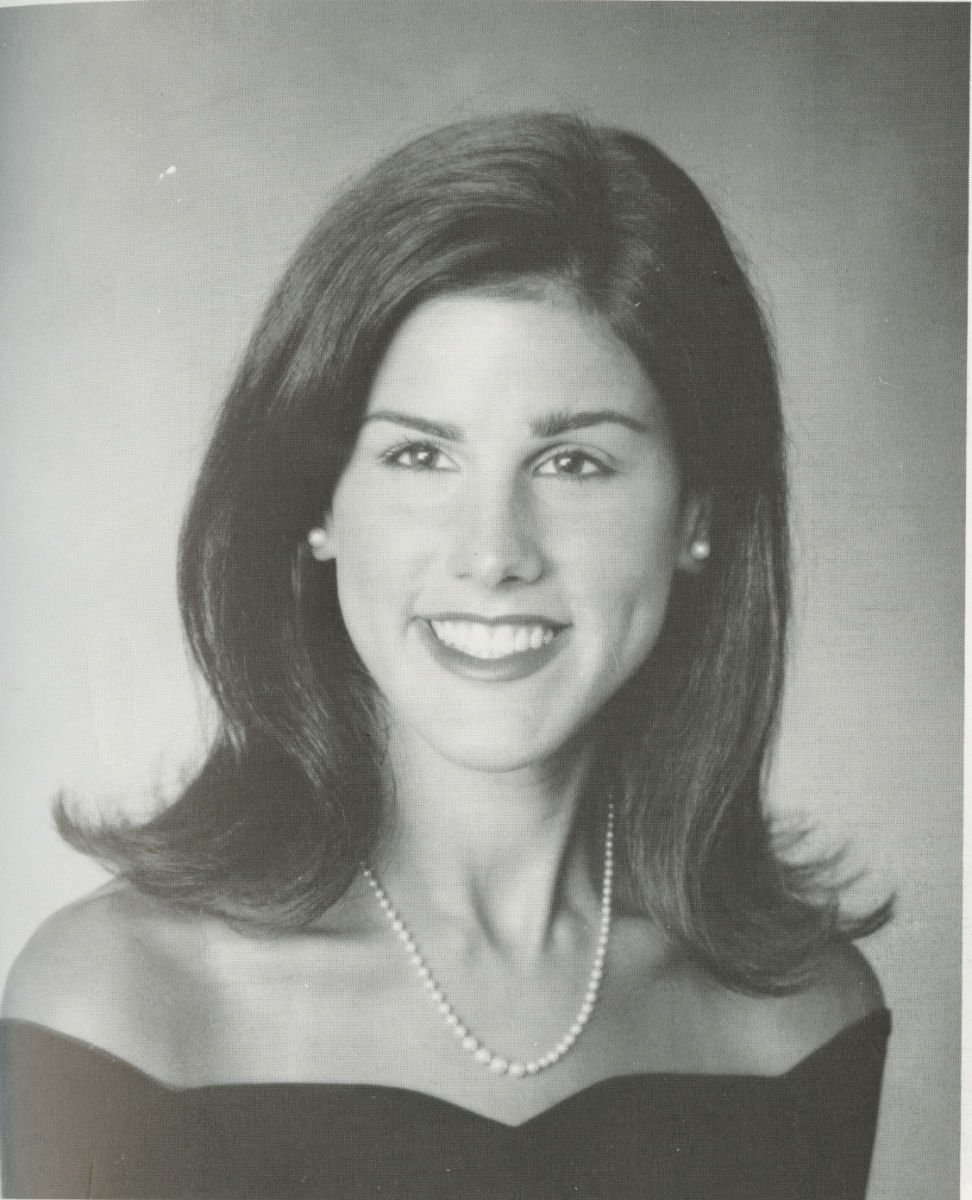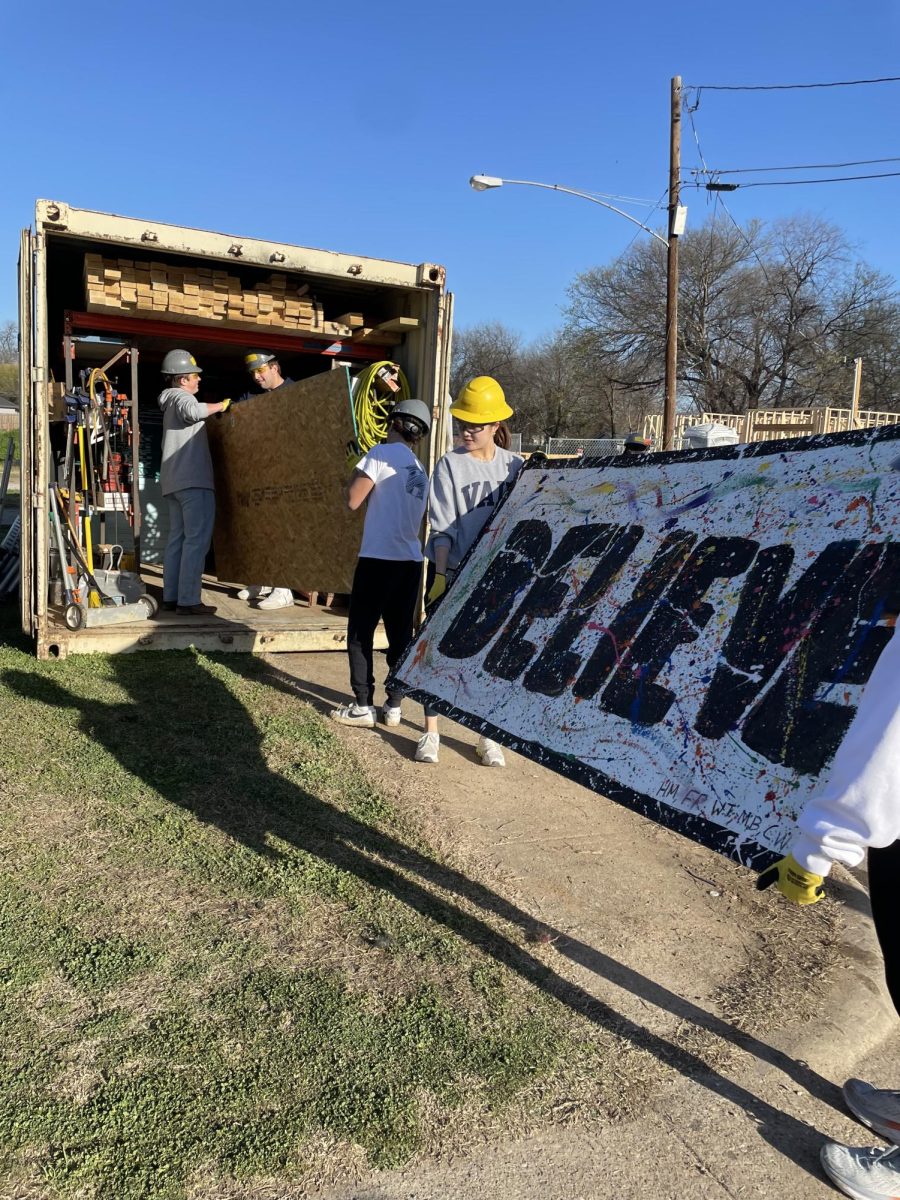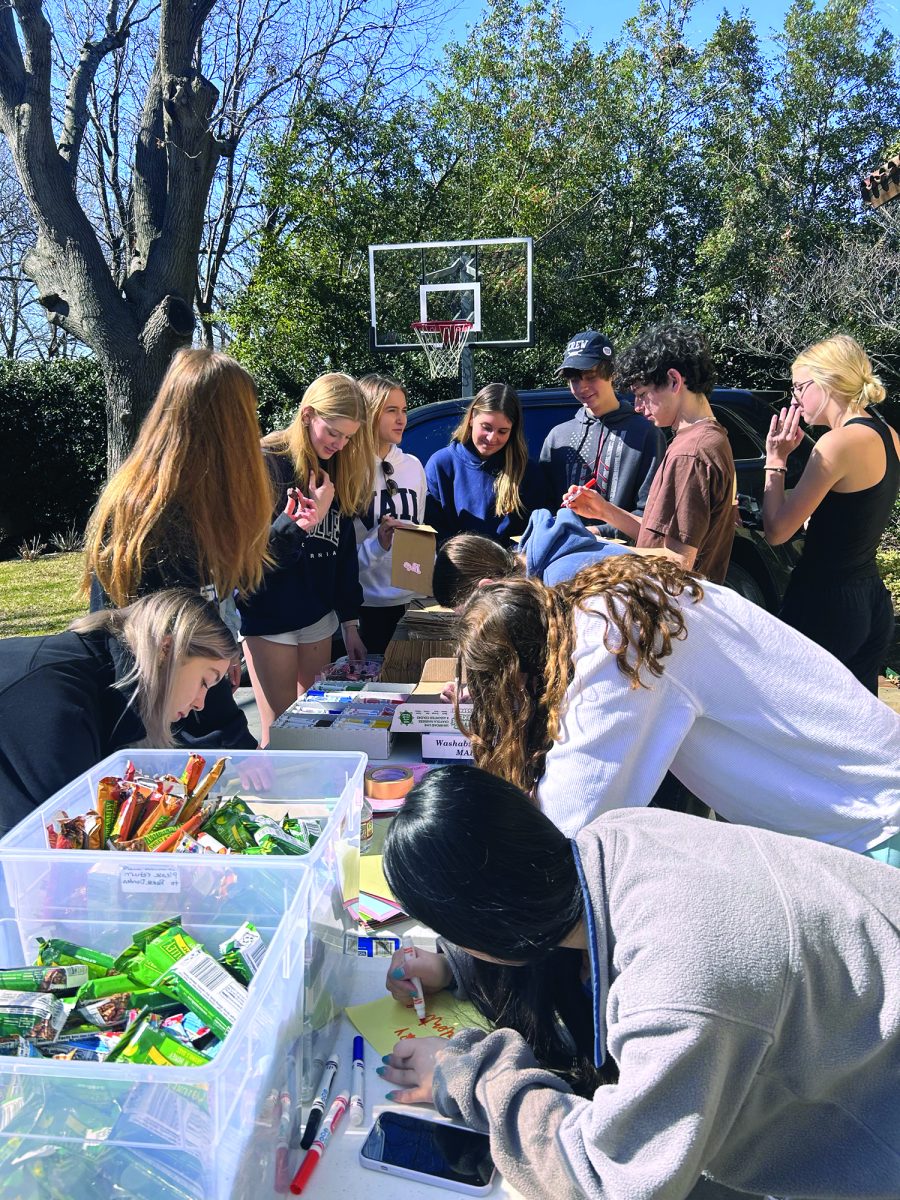PICTURED ABOVE: BACK IN THE DAY | Long is pictured here in Cornerstones’ 1972 volume when he taught monuments of culture.// Photo by Cornerstones
An integral member of the Hockaday faculty since 1970, Ed Long has become part of the identity of the school itself. Few members of the community are unfamiliar with Long’s contributions to campus, including his development of the History of Art and Music course as well as his leadership of the Upper School orchestra. However, during his 47-year-long tenure, Long has accomplished far more than most students know.
In his last year before retirement, The Fourcast shares some of Long’s stories each issue. This issue, The Fourcast is giving readers an idea of how closely St. Mark’s and Hockaday worked together in the past.
From about 1972 to 1988, St. Mark’s and Hockaday coordinated a lot more, and not just with extracurriculars. At one point, 400 students shared classes. The two schools had the exact same schedule, which made it possible to have a bus system that left before every single class period to bring Hockaday students over to St. Marks and vice versa. In addition to sharing classes during the school year, the two schools shared a summer school program as well.
In 1972, computers were rare and too expensive. Most households, and even schools, could not afford one. So St. Mark’s and Hockaday split the cost and shared a computer. St. Mark’s had it in on their campus in the morning, and it would be transported to Hockaday in the afternoon.
As early as the 1950s, Hockaday students who participated in cheerleading split into three different teams. Girls could try out for the Cistercian cheerleading team, the St. Mark’s cheerleading team or Hockaday’s own cheerleading squad. Once the Hockaday cheerleading team ended in 1981, Hockaday students formed the Anti-Apathy Association. The club showed up to as many games as possible to cheer for their fellow Hockaday students.
Niamh McKinney, Staff writer


